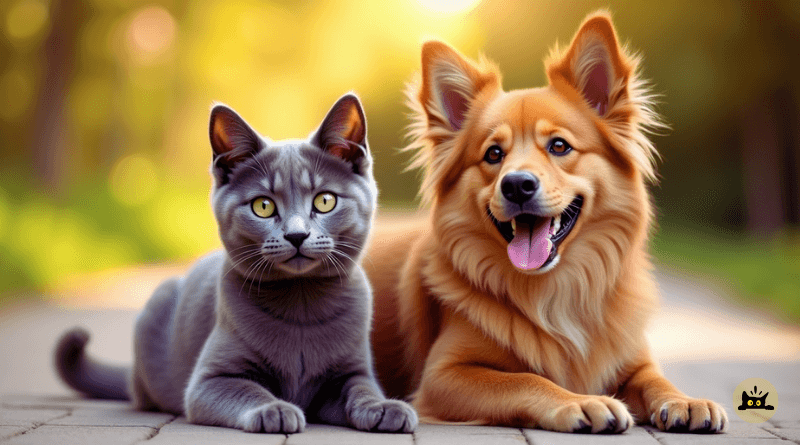Heatstroke is a very dangerous condition that can affect your pets during extreme hot weather. Effective pet heatstroke prevention measures are essential for keeping your furry friends safe. Both dogs and cats can overheat when they can’t cool off quickly, and unlike us, they don’t sweat to eliminate excess heat. Even a short time in very hot weather can lead to an emergency. This guide explains what heatstroke is, what puts your pet at risk, and the simple steps you can take to prevent it—and what to do if you think your pet is overheating.
What Is Heatstroke?
Heatstroke happens when your pet’s body temperature rises far above its usual level, often exceeding 103°F. When this happens, their organs start having trouble working properly. Early signs include lots of panting, heavy drooling, and your pet appearing very tired or confused. If you miss these signs, your pet may start to faint, collapse, or even face death. Spotting these symptoms early is crucial so you can act fast and cool them down as soon as possible.
Causes and Risk Factors
Very high outdoor temperatures and hot summer spells are the main reasons pets suffer from heatstroke. Leaving your pet in a car or in direct sunlight for too long can quickly raise their temperature to dangerous levels. Some pets are more at risk—for example, breeds with thick fur or short, flat faces, as well as those that are young, older, or a bit chubby. These pets struggle to cool off, so it’s important to take extra care when it’s very hot.
Pet Heatstroke Prevention Strategies
Preventing heatstroke is about taking a few simple, everyday precautions: • Always have fresh water available – ensure your pet can always get clean, cool water at home or when out. Carry water during walks. • Find shade – whether you’re at the park or in your backyard, make sure your pet has a shaded spot and avoid direct sunlight. • Plan outdoor time wisely – schedule walks and play during cooler parts of the day, like early morning or late evening. • Keep a close eye on your pet – watch for signs such as heavy panting or drooling. If you notice any, get your pet into a cooler area right away. • Regular brushing – this helps prevent their fur from holding too much heat. However, avoid shaving pets that need their fur to protect against sunburn.
Immediate Actions If Your Pet Overheats
Even with the best precautions, overheating can still happen. If you suspect your pet is suffering from heatstroke, act fast: • Bring your pet to a cooler spot by moving them indoors or into a shady area. • Offer small sips of water – let your pet drink cool (not ice-cold) water slowly. • Cool them down gently by using a soft cloth dipped in cool water to wipe their belly and legs. Avoid using very cold water to prevent shocking their system. • Use a fan or air conditioner to help lower their temperature gradually. • Call your veterinarian immediately if your pet shows severe signs like persistent vomiting, fainting, or doesn’t recover with cooling measures.
Daily Care Tips for Hot Weather
Adjust your pet’s daily routine to further reduce the risk of overheating: • Monitor your pet often during the hottest periods of the day. • Make your home cooler by closing curtains or using blinds to block out the hot sun. • Change your outdoor schedule – plan walks and playtime during cooler hours. • Remember that every pet is different; understanding your pet’s needs will help you adjust care accordingly.
Conclusion
Heatstroke in pets is a serious risk during very hot weather, but a few simple steps can make all the difference. By knowing what heatstroke is, watching for early signs, and acting quickly, you can help keep your pet safe. Small changes—like ensuring water and shade are always available and adjusting your pet’s routine—really help protect your furry friend during the hottest days.
Check out another article that might interest you in this category : How to Build Your Pet Emergency Kit Ultimate Guide
Sources : British Small Animal Veterinary Association, National Animal Supplement Council

